Home>Furniture & Design>Interior Design Trends>How Big Is A Glass Of Water
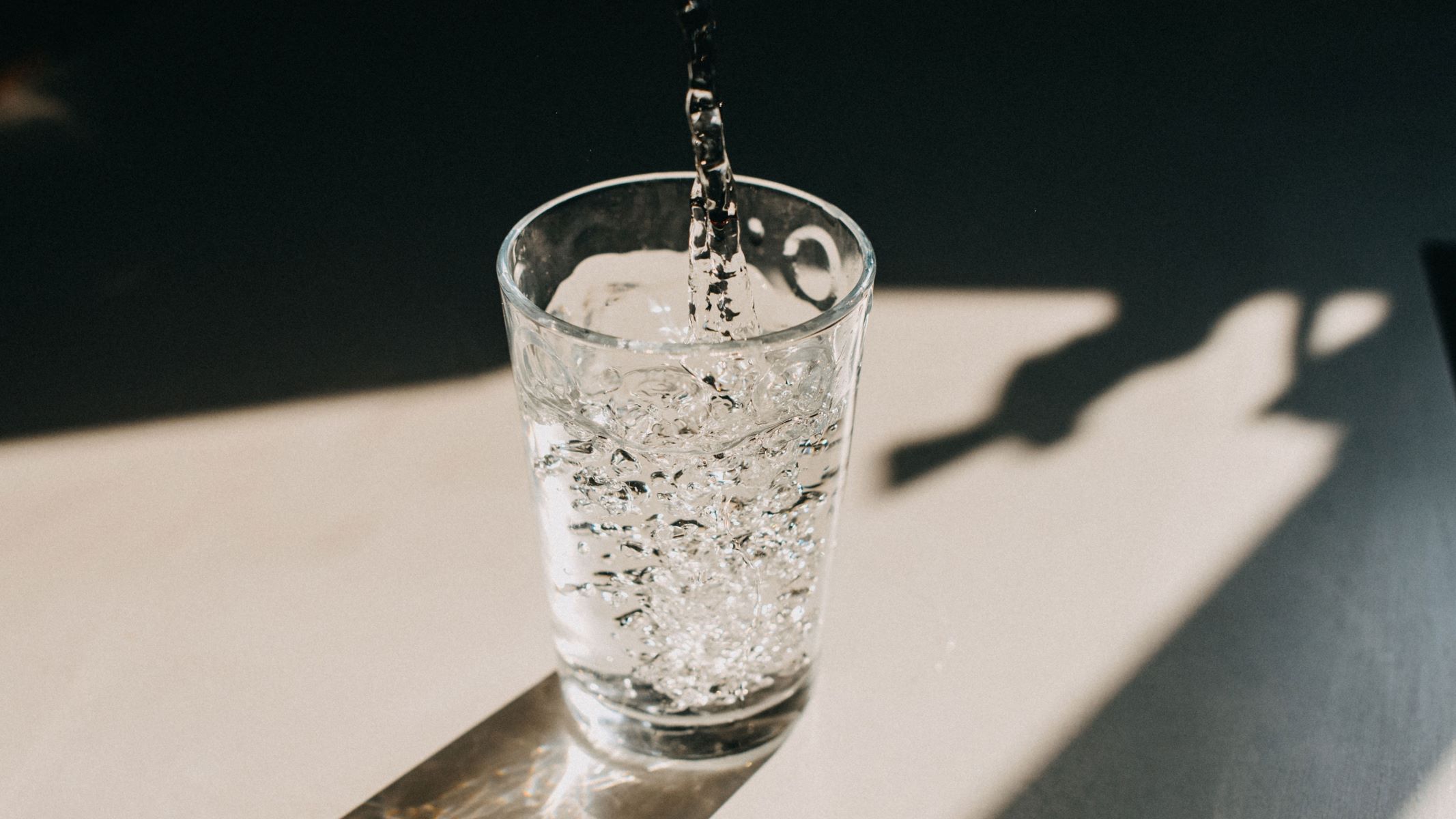

Interior Design Trends
How Big Is A Glass Of Water
Modified: February 18, 2024
Discover the latest interior design trends and learn how to make the most of your space with our guide on how big a glass of water should be. Explore innovative ideas for a stylish and functional home.
(Many of the links in this article redirect to a specific reviewed product. Your purchase of these products through affiliate links helps to generate commission for Storables.com, at no extra cost. Learn more)
Introduction
The size of a glass of water may seem like a trivial matter, but it holds significant importance in our daily lives. Water is the essence of life, and the quantity we consume can have a profound impact on our health and well-being. Understanding the size of a standard glass of water and its relevance to our daily hydration needs is crucial for maintaining a healthy lifestyle.
In this article, we will delve into the dimensions of a standard glass of water, explore the recommended daily intake of water, examine the factors that influence glass size, and underscore the vital importance of staying hydrated. By shedding light on these aspects, we aim to provide valuable insights that can empower individuals to make informed choices about their hydration habits.
Water is a fundamental component of the human body, constituting a substantial percentage of our overall weight. It plays a pivotal role in various bodily functions, including temperature regulation, nutrient transportation, and waste removal. As such, ensuring adequate hydration is essential for sustaining optimal physical and cognitive performance.
By unraveling the dimensions of a glass of water and its implications for our daily fluid intake, we can gain a deeper appreciation for the significance of staying adequately hydrated. Let's embark on this exploration to uncover the impact of glass size on our hydration habits and overall well-being.
Key Takeaways:
- Stay hydrated by drinking 8-12 ounce glasses of water daily. It’s essential for your body’s functions and overall well-being. Embrace the 8×8 rule as a simple guideline for staying healthy.
- The size of your water glass matters! Cultural, health, and practical factors influence its dimensions. Understanding these factors can help you make informed choices about your hydration habits.
Read more: How Big Is A Pint Glass
Standard Glass Size
The standard size of a glass of water typically ranges from 8 to 12 ounces (240 to 350 milliliters). This measurement is commonly used in households, restaurants, and health guidelines as a reference for serving water. The traditional 8-ounce glass is a familiar sight on dining tables and hydration charts, serving as a benchmark for monitoring daily fluid intake.
In recent years, the 8-ounce glass has been joined by larger variants, such as the 12-ounce glass, reflecting evolving preferences and health-conscious practices. These larger glasses offer individuals the convenience of consuming a more substantial quantity of water in a single serving, reducing the need for frequent refills and promoting sustained hydration throughout the day.
The dimensions of a standard glass of water are not only influenced by practical considerations but also by cultural and regional variations. In some countries, the standard glass size may differ, with variations in volume and shape reflecting diverse cultural norms and preferences. However, the 8-ounce and 12-ounce glasses remain prevalent across many settings, serving as universal symbols of hydration and well-being.
Understanding the standard glass size is pivotal for gauging one's daily water consumption. By recognizing the typical dimensions of a glass of water, individuals can effectively track their fluid intake and ensure they meet the recommended daily hydration targets. Whether it's the classic 8-ounce glass or its larger counterparts, having a clear grasp of the standard glass size empowers individuals to make informed choices about their hydration habits and overall well-being.
As we navigate the realm of hydration, the standard glass size serves as a fundamental reference point, guiding us toward optimal fluid intake and reinforcing the importance of staying adequately hydrated. By embracing this knowledge, individuals can embark on a journey toward enhanced well-being, one glass of water at a time.
Recommended Daily Intake
The recommended daily intake of water is a critical aspect of maintaining optimal health and well-being. The amount of water an individual should consume daily can vary based on several factors, including age, gender, activity level, and environmental conditions. However, a general guideline often cited is the "8×8 rule," which suggests drinking eight 8-ounce glasses of water per day, totaling about 64 ounces (1.9 liters). This guideline provides a simple and easily memorable benchmark for daily hydration.
It's important to note that the 8×8 rule is a convenient starting point, but individual hydration needs may differ. For instance, individuals engaged in vigorous physical activity or exposed to hot climates may require a higher water intake to compensate for fluid loss through sweating. Pregnant or breastfeeding women also have increased hydration needs to support the physiological demands of their bodies.
Furthermore, the concept of meeting hydration needs extends beyond water alone. Fluid intake can be derived from various sources, including water-rich foods, herbal teas, and other non-caffeinated beverages. These contribute to overall hydration and can complement the consumption of plain water.
In recent years, the Institute of Medicine (IOM) has provided more comprehensive guidelines for daily water intake, considering factors such as age and gender. According to the IOM, adequate daily fluid intake for men is approximately 3.7 liters (125 ounces), while for women, it is about 2.7 liters (91 ounces). These recommendations encompass fluid intake from all sources, including beverages and moisture-rich foods.
It's essential to recognize that individual hydration needs can fluctuate based on various circumstances, such as illness, medication, and dietary patterns. Monitoring the color of urine can serve as a simple indicator of hydration status, with pale yellow urine typically indicating adequate hydration, while darker urine may signal the need for increased fluid intake.
By understanding the recommended daily intake of water and acknowledging the diverse factors that influence hydration needs, individuals can tailor their fluid consumption to align with their unique requirements. This awareness empowers individuals to prioritize hydration as an integral component of their daily routine, fostering overall health and vitality.
As we navigate the realm of hydration, the recommended daily intake serves as a guiding principle, steering us toward a balanced and mindful approach to fluid consumption. Embracing these insights enables individuals to embark on a journey toward enhanced well-being, one sip at a time.
A standard glass of water is typically 8 ounces, but it can vary. To ensure you’re drinking enough water, aim for at least 8 glasses a day.
Factors Affecting Glass Size
The dimensions of a glass of water are influenced by a myriad of factors that encompass practical, cultural, and health-related considerations. Understanding these factors provides valuable insights into the diverse elements that shape the size and serving of water glasses in various contexts.
-
Cultural Norms: Cultural traditions and customs play a significant role in determining the size of water glasses. Different regions and societies have distinct preferences regarding the volume and shape of drinking vessels. In some cultures, larger glasses may be favored to accommodate generous servings of water, reflecting a tradition of hospitality and abundance. Conversely, other cultures may embrace smaller, more delicate glasses, emphasizing elegance and moderation in hydration practices.
-
Health Guidelines: Health organizations and experts often provide recommendations regarding the appropriate serving size for water consumption. These guidelines are formulated based on scientific research and aim to promote optimal hydration for individuals. The standardization of glass sizes in alignment with these guidelines ensures that individuals can easily track and fulfill their daily fluid intake requirements, fostering a proactive approach to maintaining health and well-being.
-
Practical Utility: The practicality of glass size is a crucial consideration in various settings, including homes, restaurants, and public facilities. The size of water glasses is often tailored to meet the convenience and preferences of individuals. Larger glasses may be preferred in contexts where frequent refills are impractical or inconvenient, while smaller glasses may be suitable for compact dining spaces or specific beverage servings.
-
Consumer Demand: Evolving consumer preferences and lifestyle trends can influence the size of water glasses available in the market. As individuals become more health-conscious and prioritize hydration, there is a growing demand for larger glasses that facilitate increased water consumption in a single serving. This shift in consumer behavior has prompted the availability of a diverse range of glass sizes, catering to varying preferences and needs.
-
Environmental Considerations: In the context of sustainability and environmental awareness, the size of water glasses can also reflect efforts to minimize waste and promote responsible consumption. Smaller glasses may be advocated in settings where portion control and resource conservation are emphasized, aligning with broader initiatives to reduce ecological impact and promote mindful consumption practices.
By recognizing the multifaceted factors that influence glass size, individuals can gain a deeper appreciation for the nuanced dynamics that shape hydration practices. This awareness underscores the interconnectedness of cultural, health, and practical elements in defining the dimensions of a glass of water, highlighting the significance of these factors in shaping our daily hydration experiences.
Importance of Hydration
The importance of hydration cannot be overstated, as it serves as a cornerstone of overall health and well-being. Adequate hydration is essential for sustaining vital bodily functions, promoting cognitive clarity, and supporting physical performance. Water plays a pivotal role in maintaining proper body temperature, cushioning joints, and facilitating the transportation of nutrients and oxygen to cells. Furthermore, staying well-hydrated aids in the removal of waste products and toxins from the body, contributing to optimal organ function and overall vitality.
Proper hydration is particularly crucial for individuals engaged in physical activities, as fluid intake directly impacts athletic performance and recovery. Dehydration can lead to decreased endurance, muscle cramps, and impaired cognitive function, underscoring the necessity of maintaining optimal fluid levels during exercise and strenuous activities. By prioritizing hydration, individuals can enhance their capacity for physical exertion, expedite post-exercise recovery, and minimize the risk of heat-related illnesses.
Beyond its physiological benefits, hydration also influences mental acuity and emotional well-being. Studies have shown that even mild dehydration can impair cognitive function, leading to decreased focus, alertness, and mood disturbances. By contrast, adequate hydration supports mental clarity, concentration, and emotional stability, empowering individuals to navigate daily challenges with resilience and vigor.
Moreover, hydration plays a pivotal role in supporting various bodily systems, including the cardiovascular, digestive, and immune systems. Proper fluid intake contributes to the maintenance of healthy blood pressure, optimal digestion, and efficient nutrient absorption. Additionally, adequate hydration supports immune function, aiding in the body's defense against illnesses and infections.
In the context of weight management and overall health, hydration holds significant implications. Water consumption can help regulate appetite, promote satiety, and enhance metabolism, thereby contributing to healthy eating habits and weight maintenance. By choosing water as a primary beverage and staying adequately hydrated, individuals can foster a balanced approach to nutrition and support their overall wellness goals.
As we navigate the complexities of modern life, maintaining optimal hydration emerges as a fundamental pillar of self-care and vitality. By recognizing the profound impact of hydration on physical, cognitive, and emotional well-being, individuals can cultivate a proactive approach to fluid intake, prioritizing their health and resilience. Embracing the importance of hydration empowers individuals to embark on a journey toward enhanced vitality, one sip at a time.
Frequently Asked Questions about How Big Is A Glass Of Water
Was this page helpful?
At Storables.com, we guarantee accurate and reliable information. Our content, validated by Expert Board Contributors, is crafted following stringent Editorial Policies. We're committed to providing you with well-researched, expert-backed insights for all your informational needs.



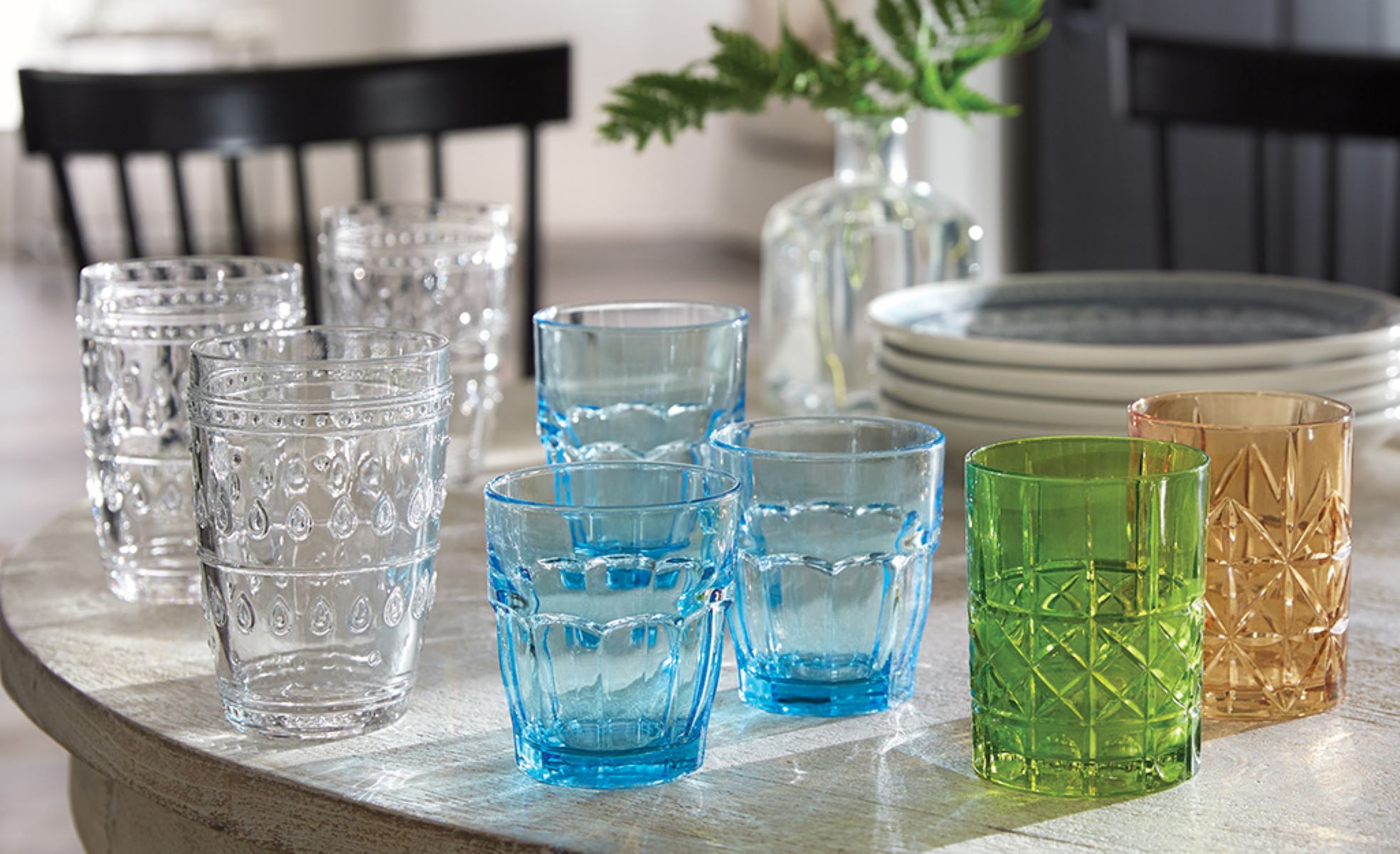
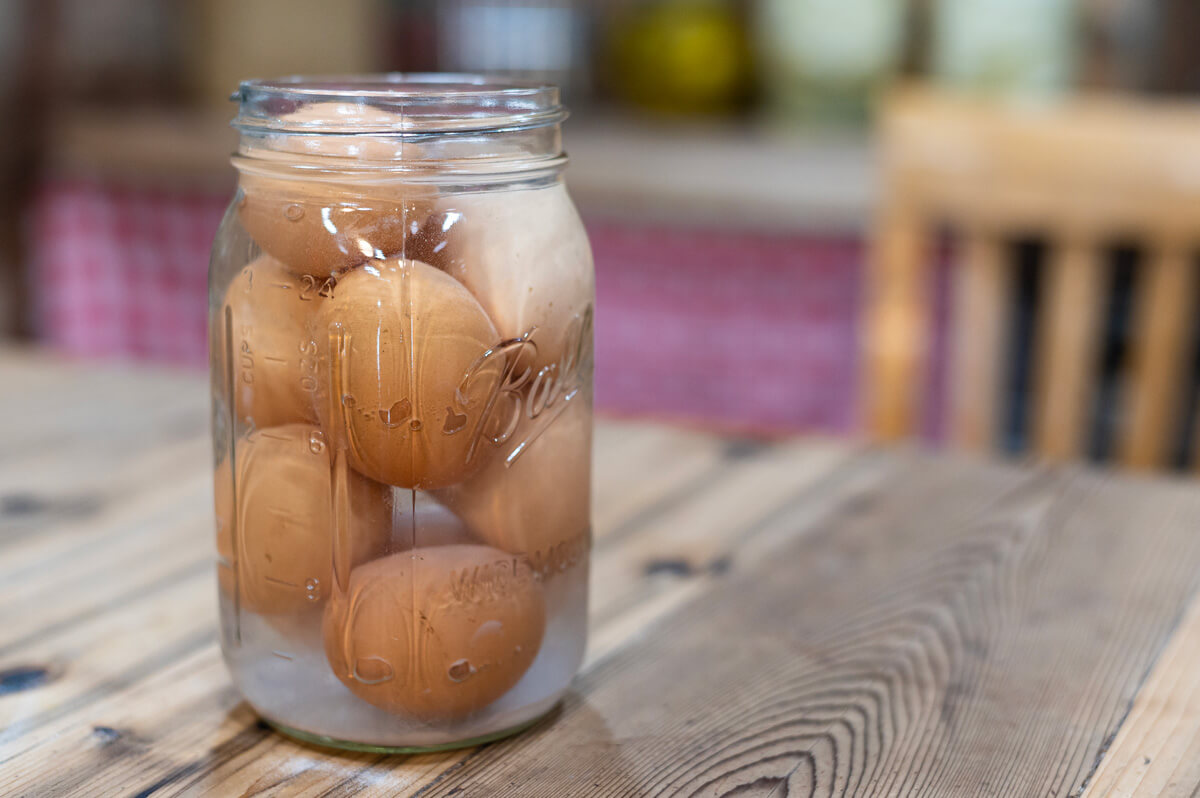
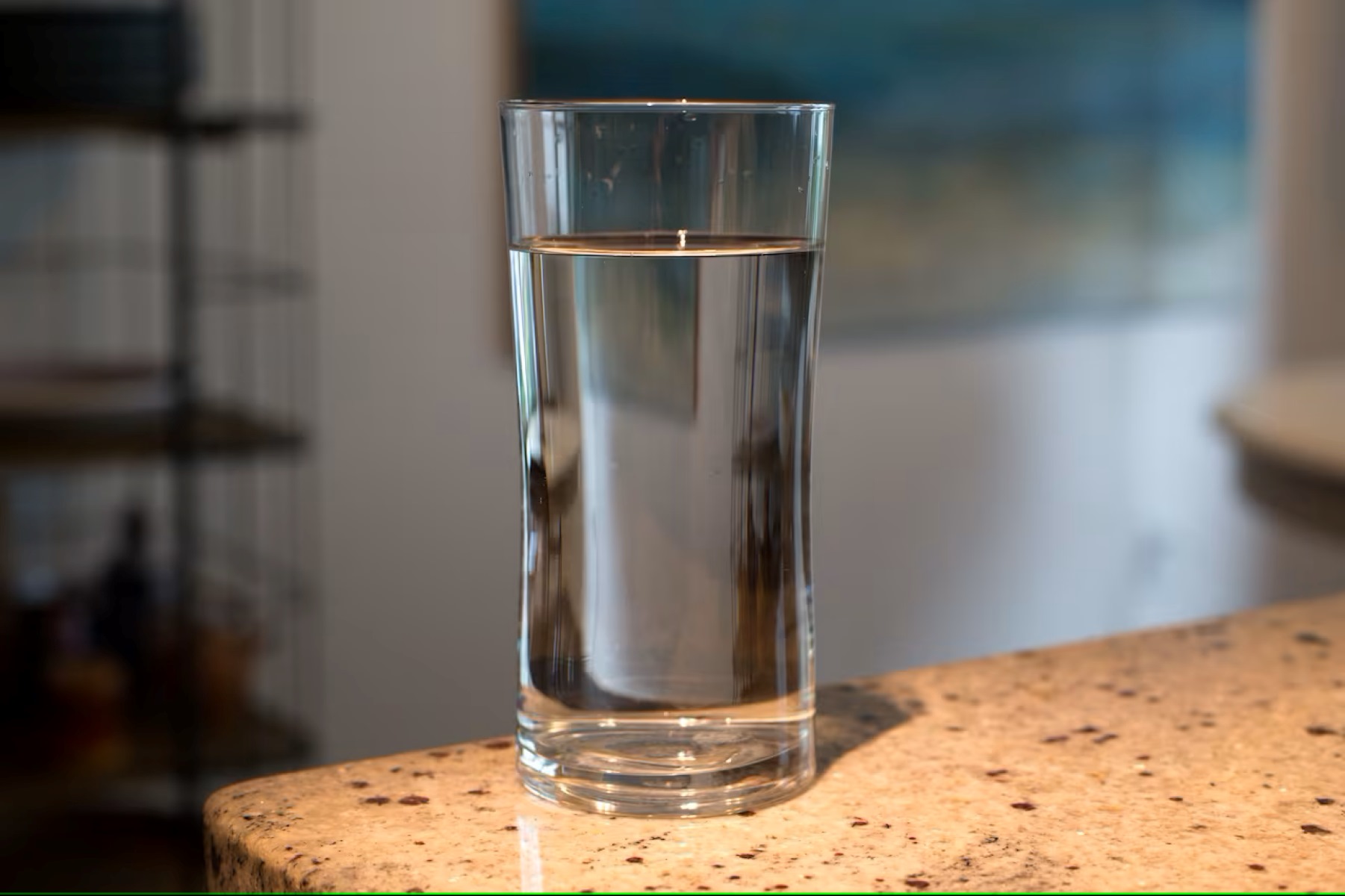
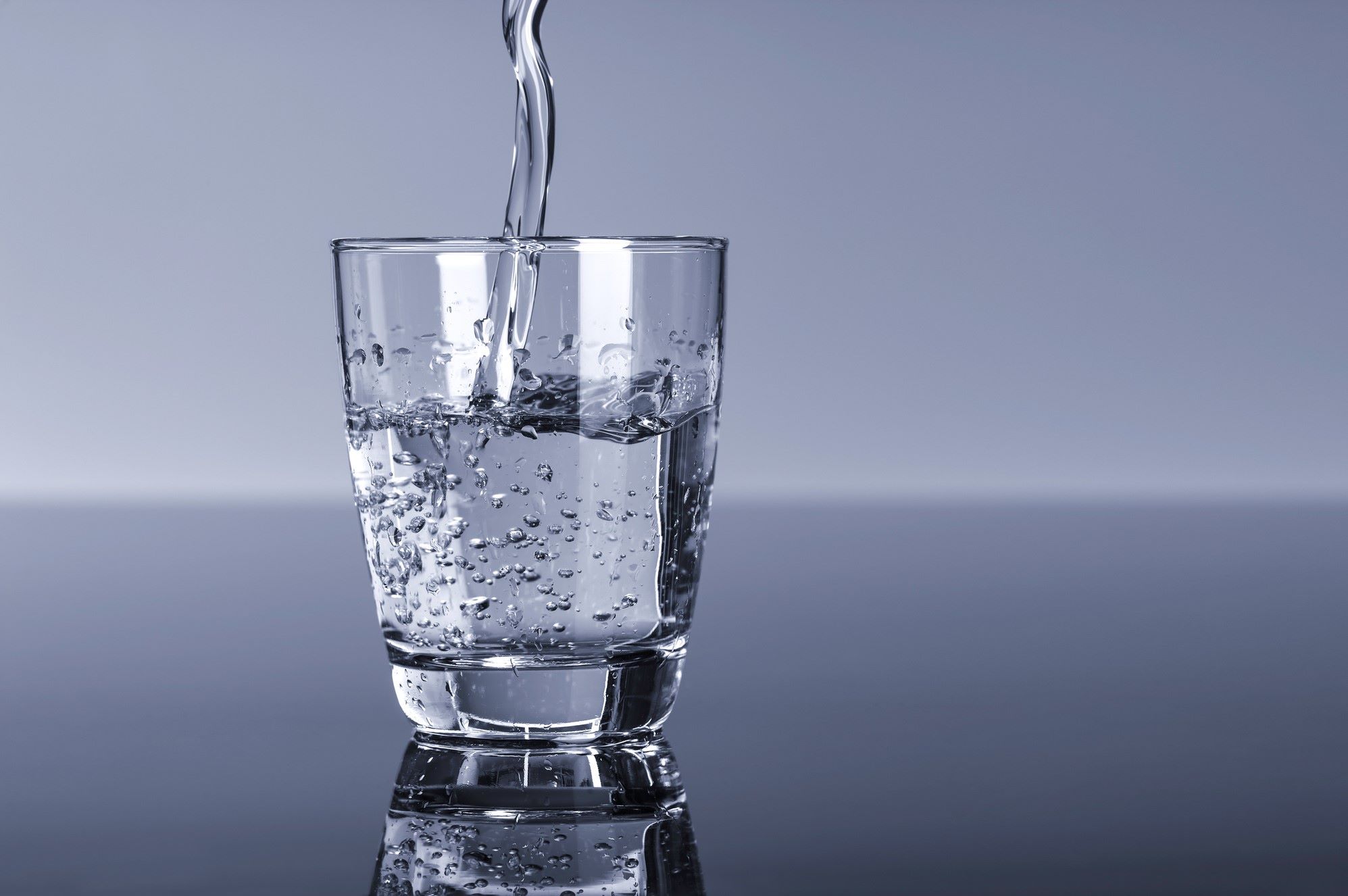
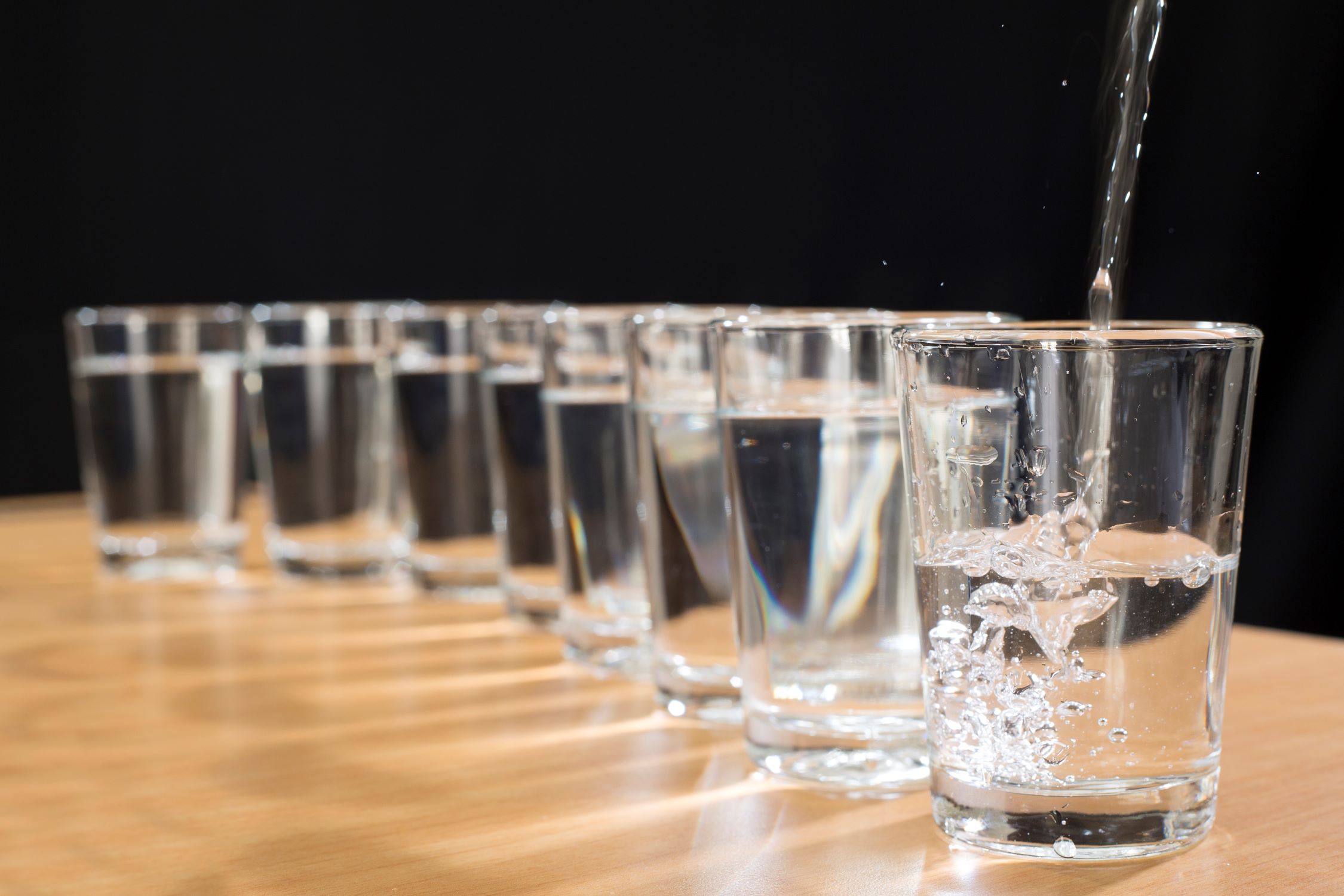
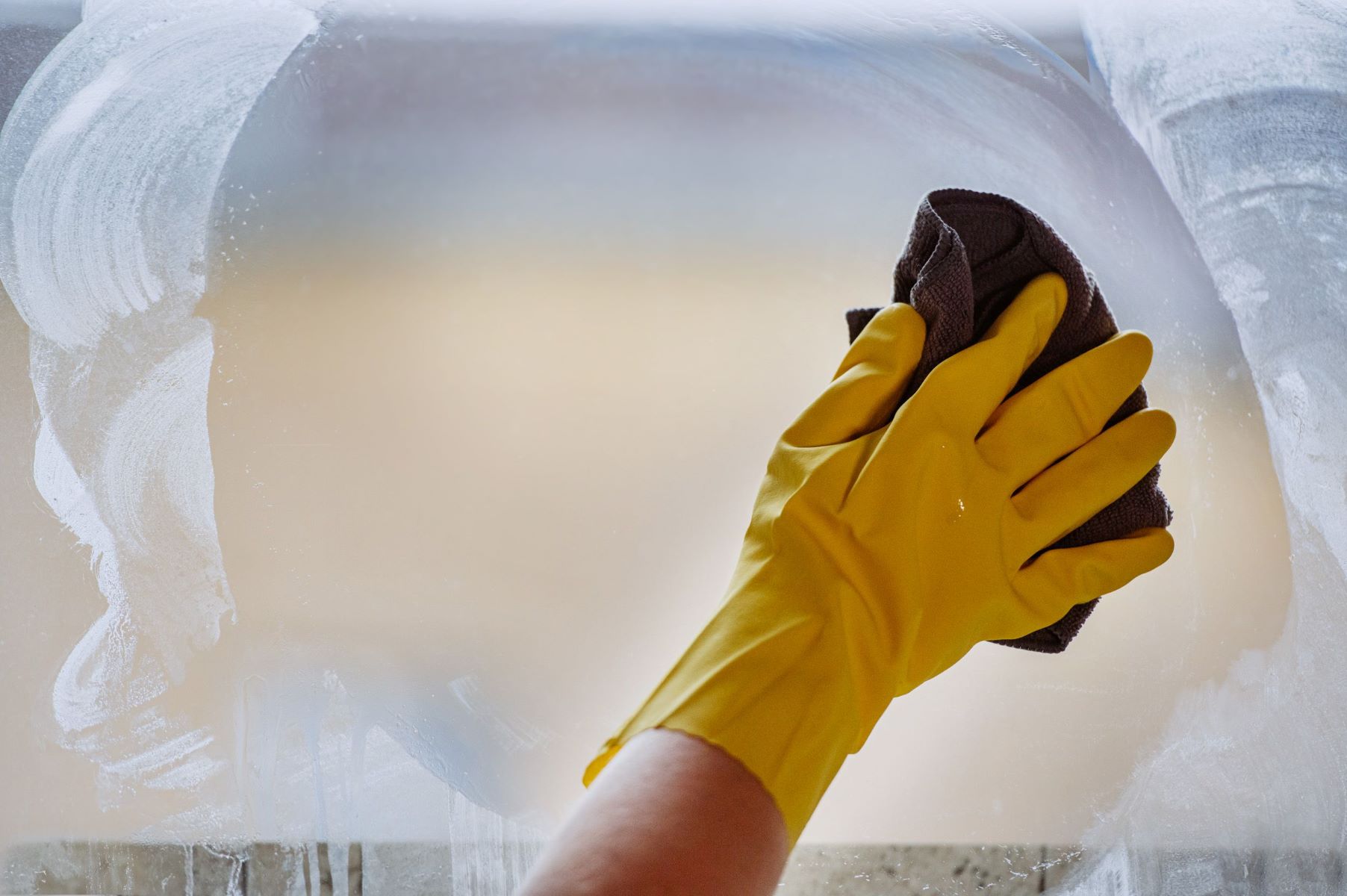
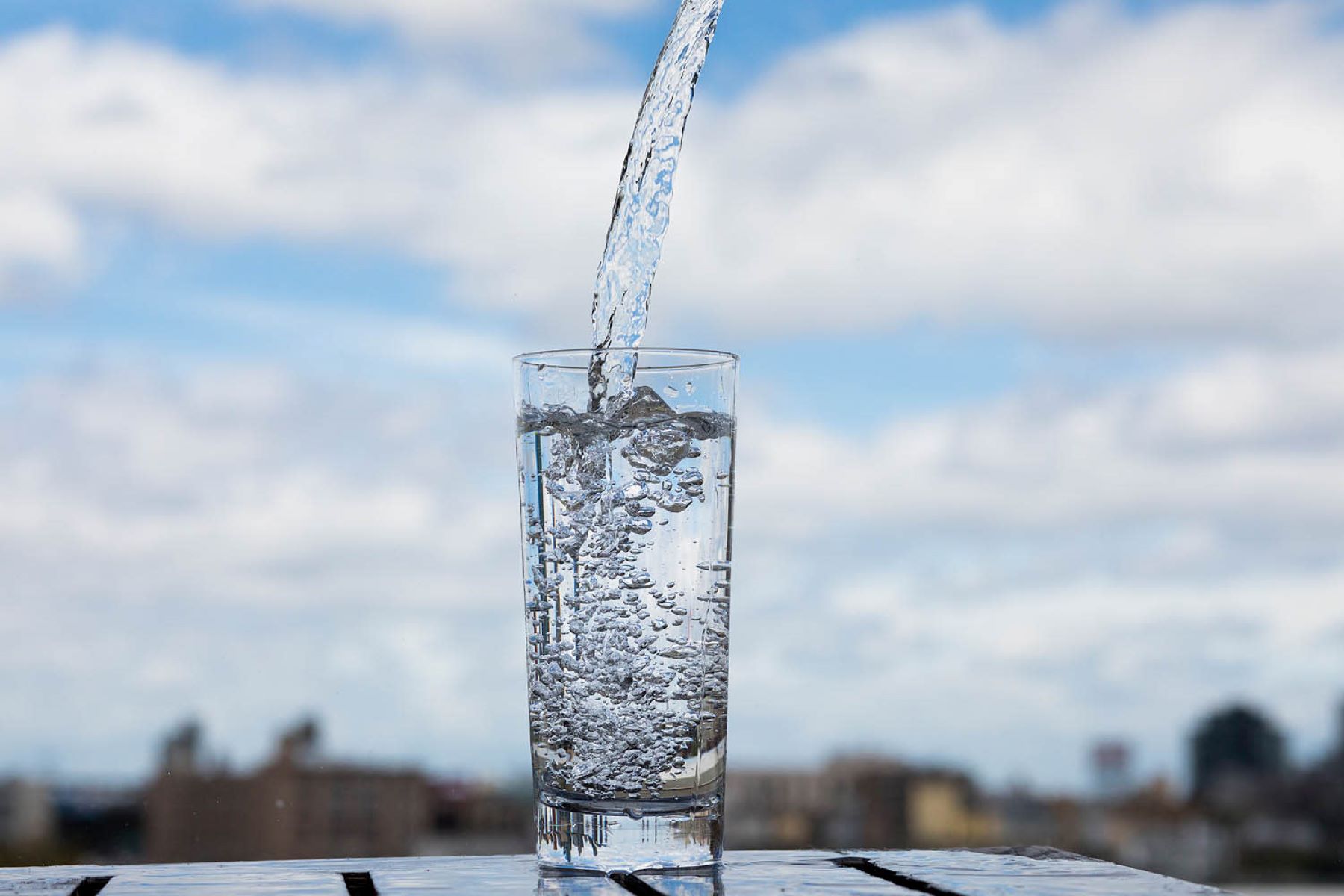
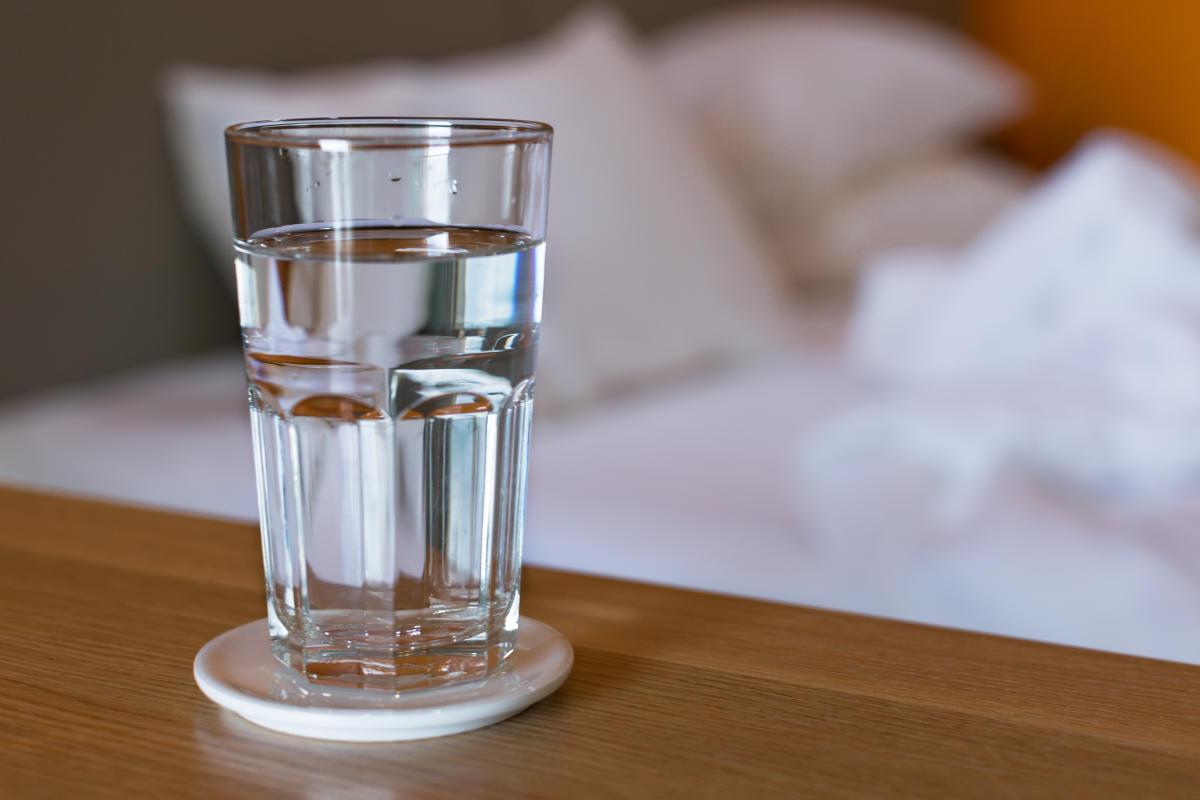
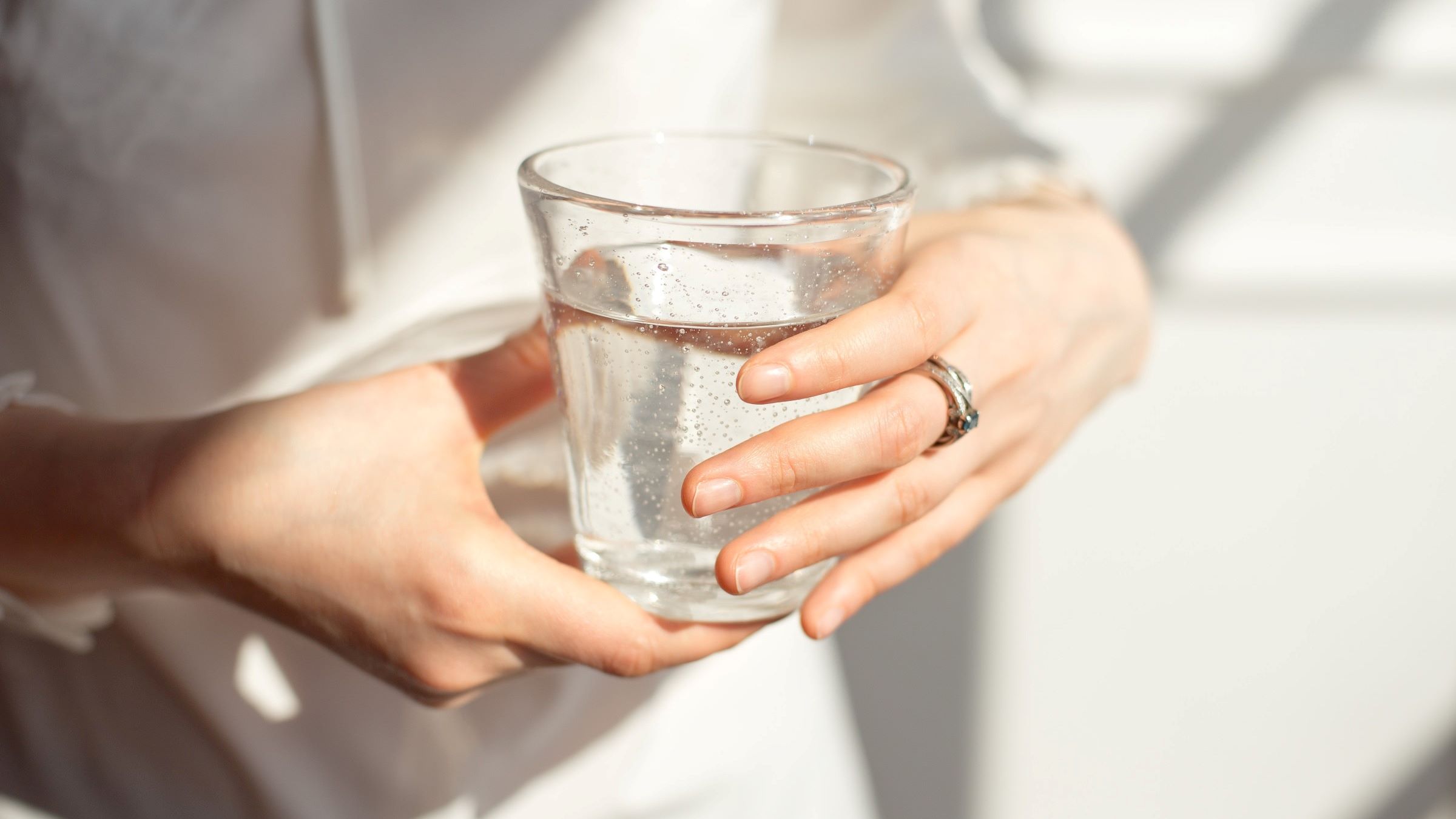
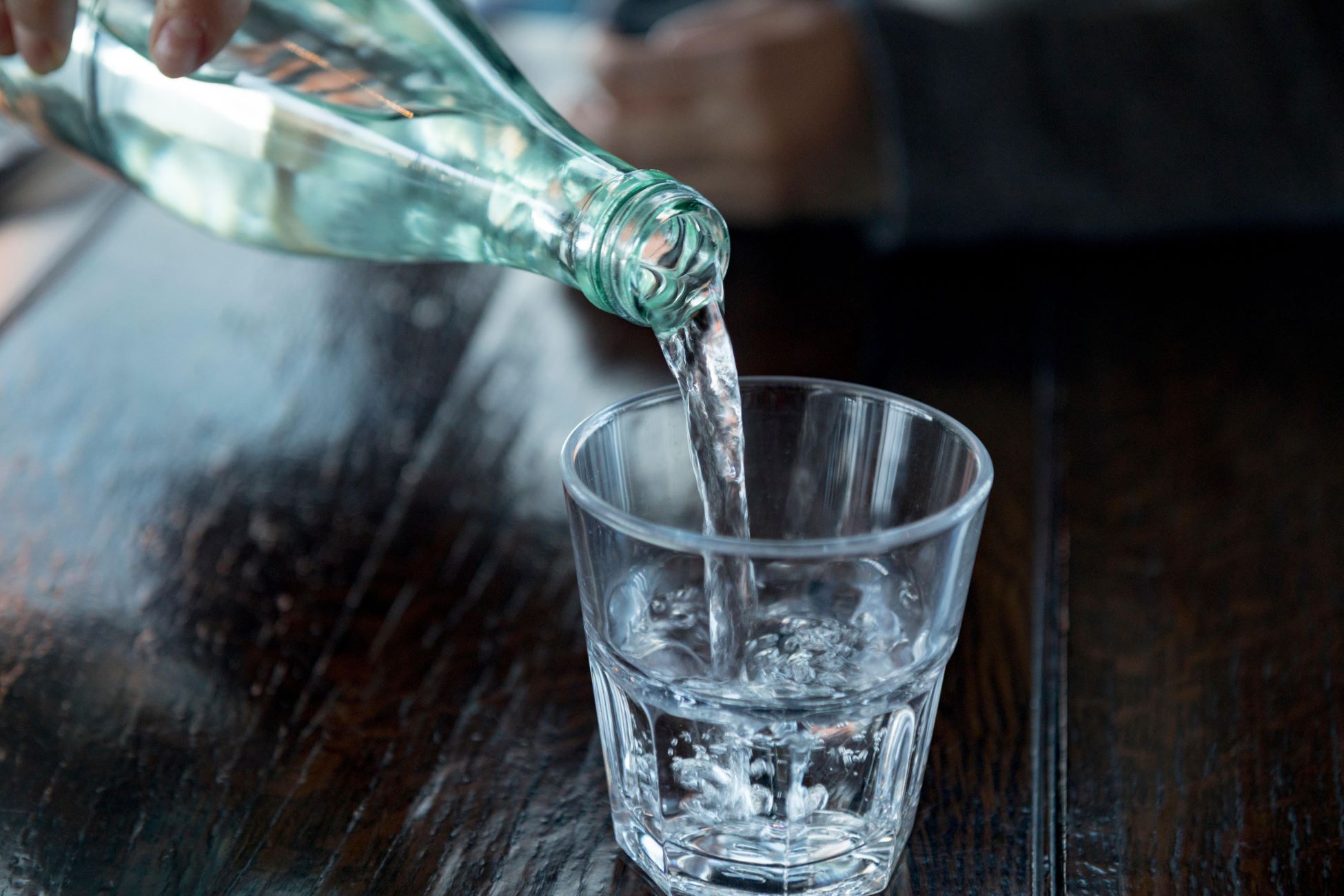

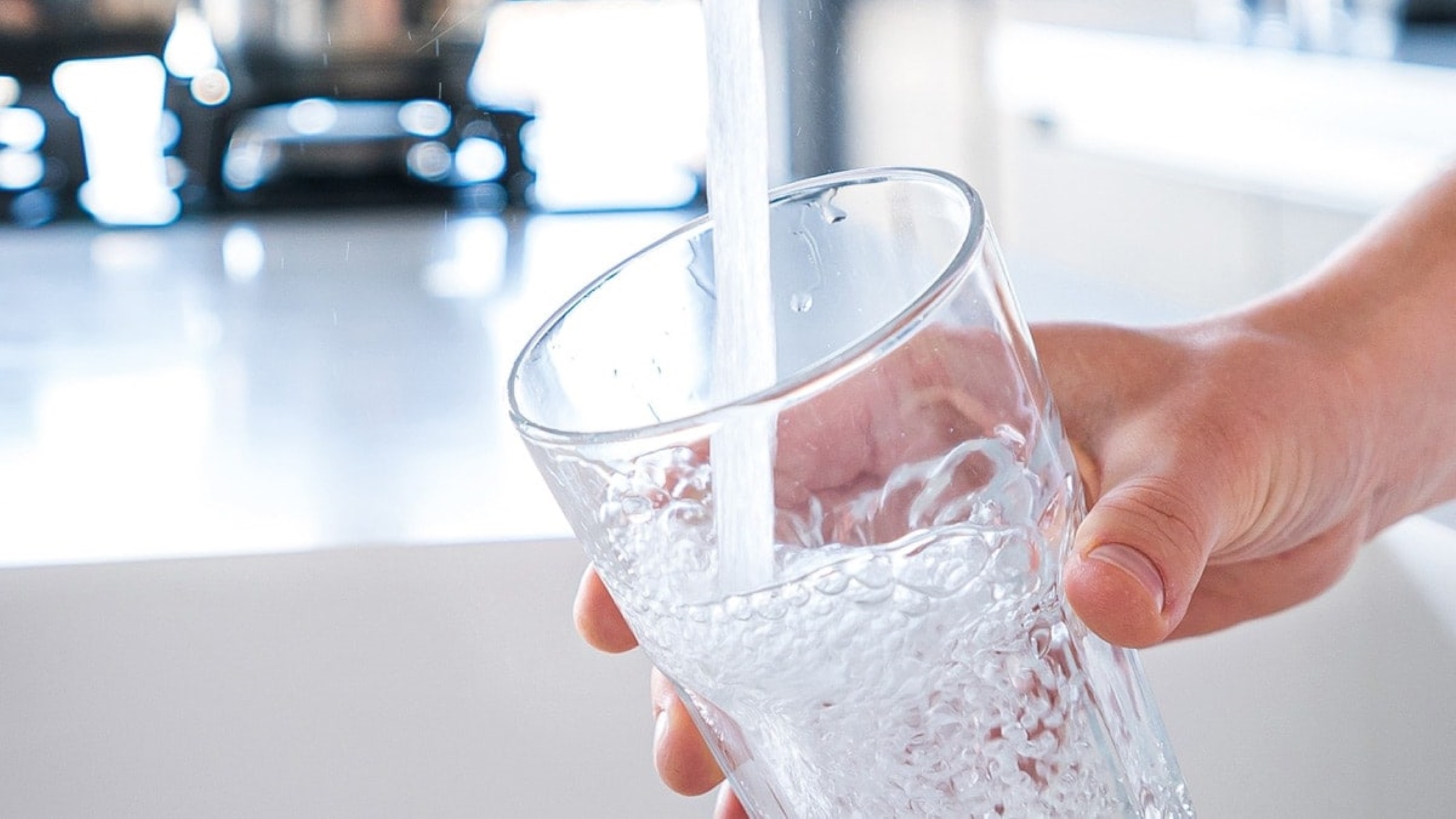

0 thoughts on “How Big Is A Glass Of Water”